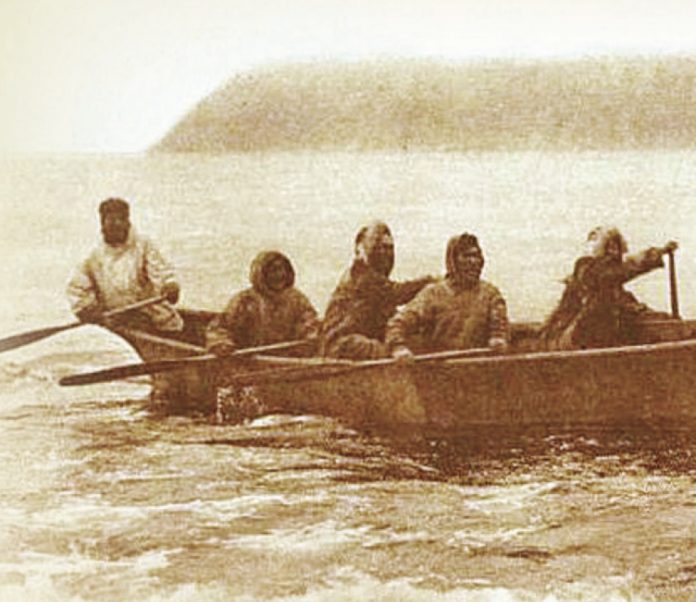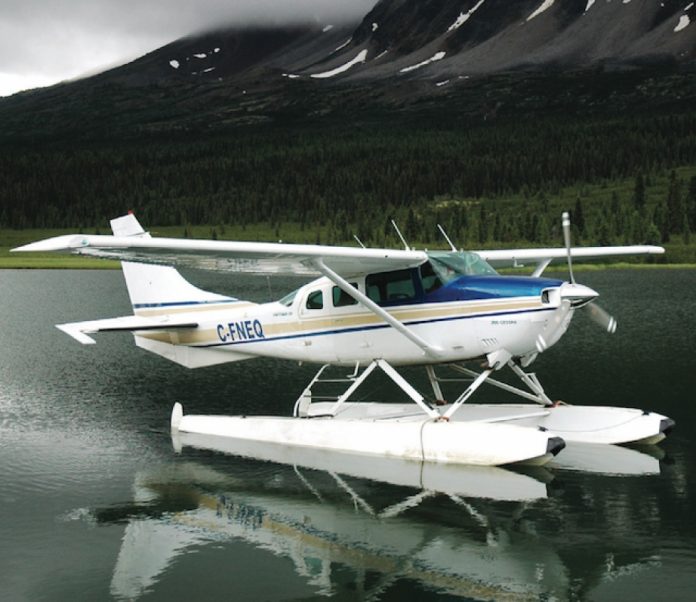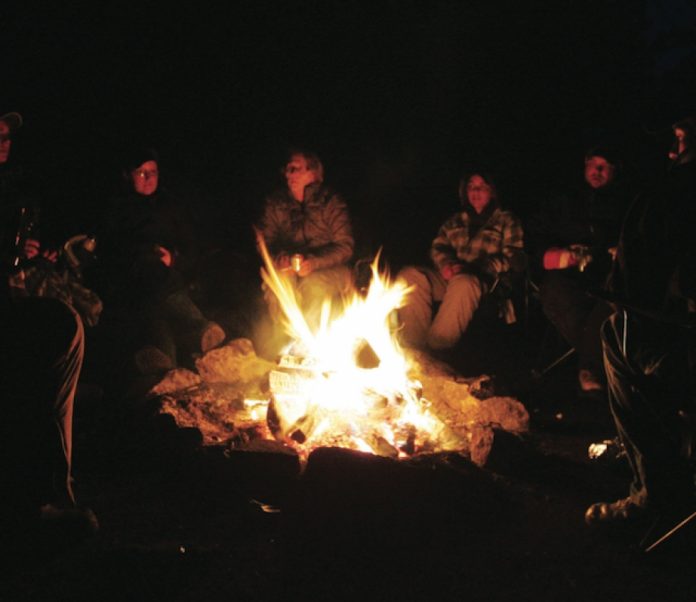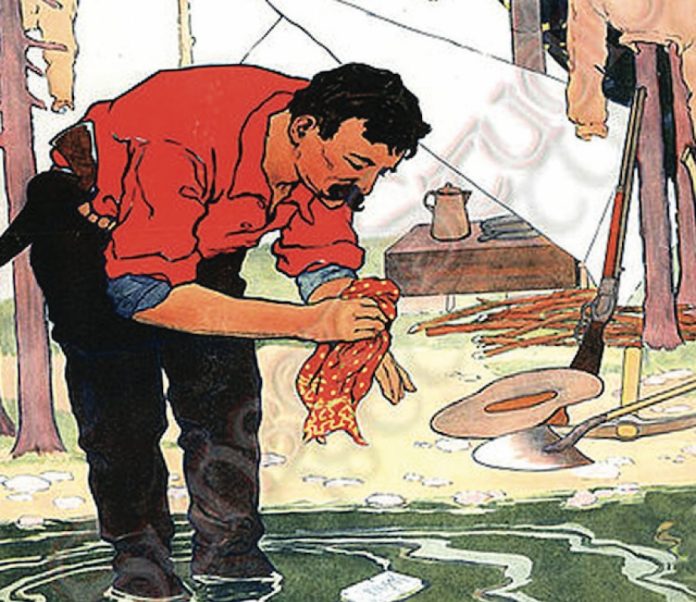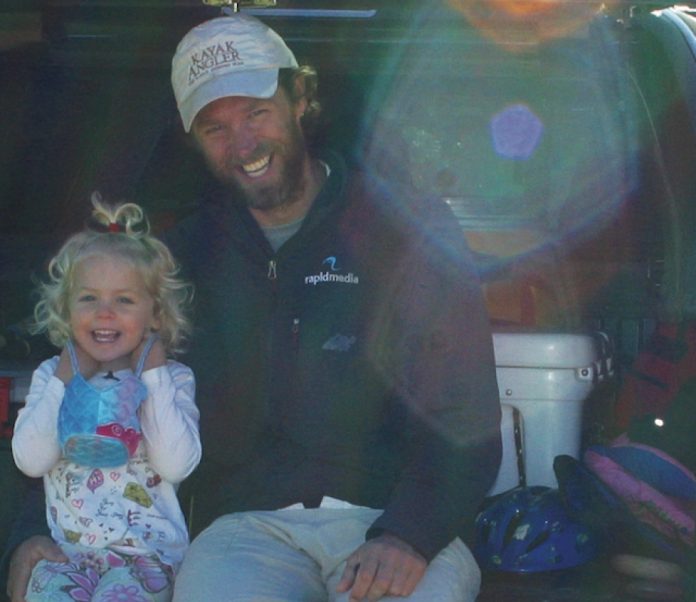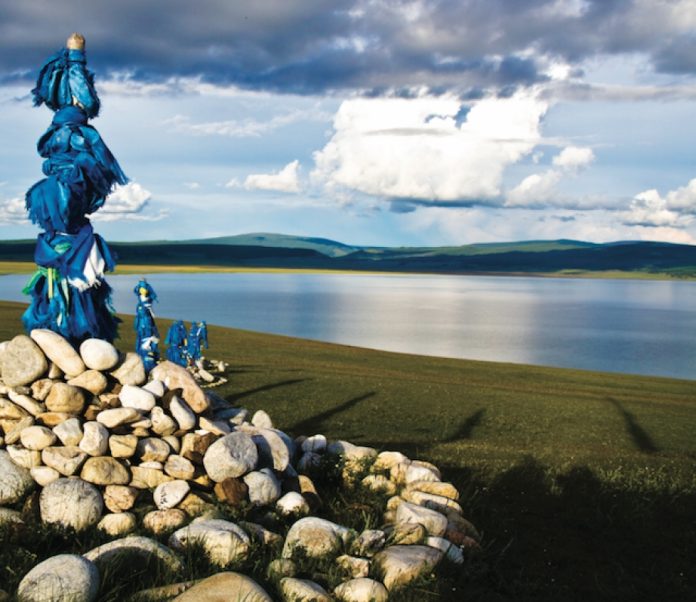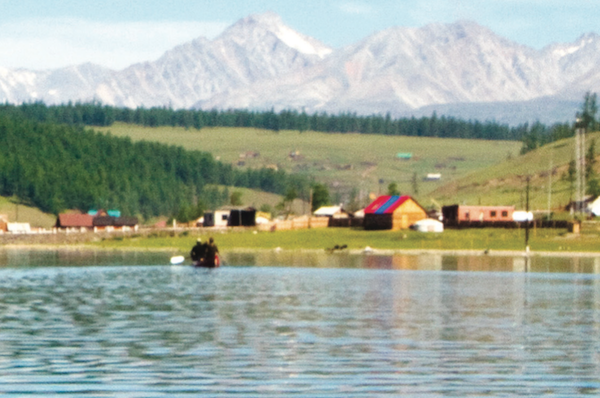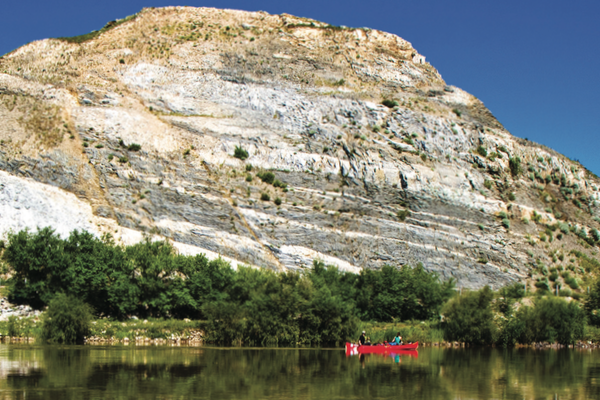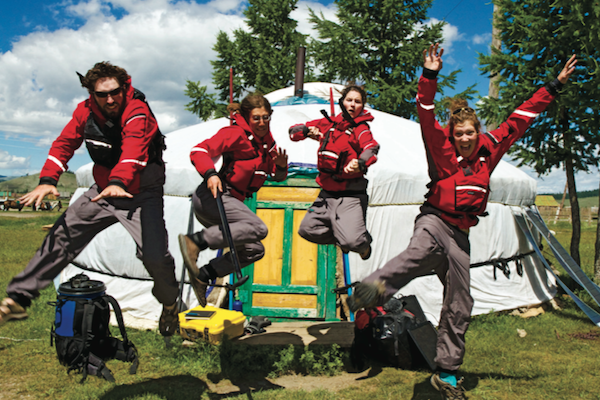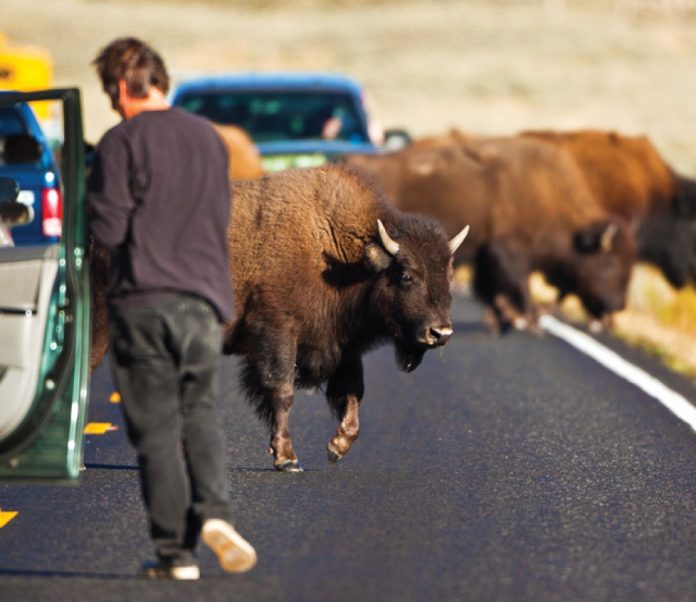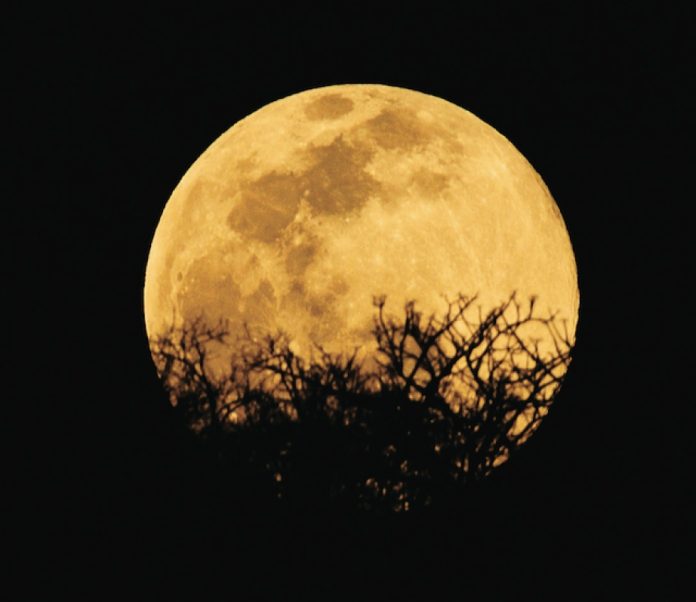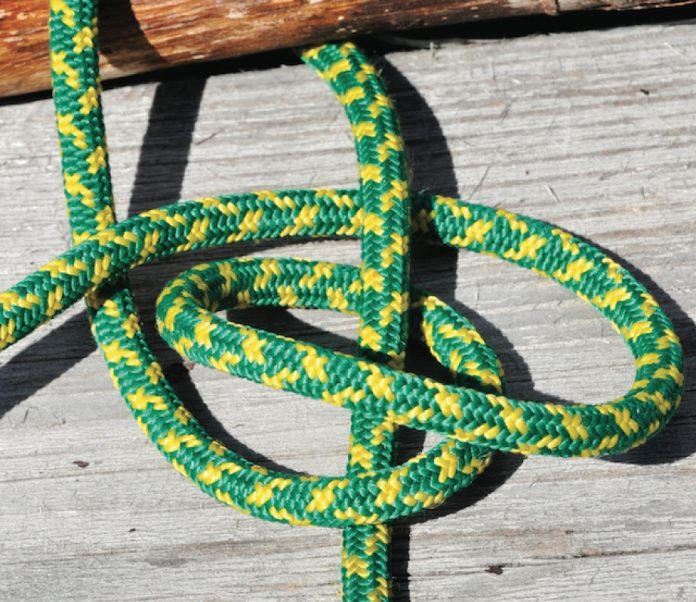In 2008, scientists made a rather exciting discovery at a cave in Paisley, Oregon—ancient human turds buried in 14,000-year-old rock strata.
Science has long assumed the first people to inhabit the Americas—the Clovis people—walked across Berengia, a land bridge over the Bering Strait, from Siberia and southward through the Rockies 11,000– 12,000 years ago.
The Paisley discovery rocked the scientific world. Says archaeologist David Meltzer, “The pre-Clovis genie is out of the bottle, and there’s no way of stuffing it back in.”
People before Clovis? Since the Ice Age was still in full swing, the high mountain passage that the Clovis are believed to have used would have been buried in ice.
These earlier settlers must have traveled by sea, and like the hunter-gatherers they were, followed marine animals living on rich coastal kelp forests. Enter the first paddlers in the New World.
Their route took them along the shore of Berengia, down the coast of Alaska and along the outside of the Queen Charlotte Islands, finally arriving at ice-free Oregon some 2,000 kilometers later.
Anthropologist Dr. Niobe Thompson speculates in his recent documentary, The Code Breakers (CBC, The Nature of Things, January 2010) that these ancient mariners likely built umiaks—wide, open boats up to 40 feet long, powered by single blade paddles or oars and fashioned from walrus skin, driftwood and bone.
To envision these vessels, you need look no further than Arctic photo archives or the work of replica builders like Washington state’s Skin Boat School. Says Thompson, “We can only assume that what works in recent times—the structure of the modern Alaskan and Chukotkan umiak—is similar in function and appearance.”
Unfortunately, the sea long ago reclaimed the coastline these ancient boats traveled, which means scientists may never find hard evidence of their passage. Nevertheless, Thompson says, “Pieces of the puzzle…give us a sense that sea travel was the only way humans could have reached North America…before the Ice Age ended.”
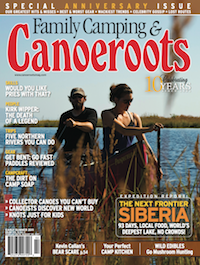
This article first appeared in the Eary Summer 2011 issue of Canoeroots Magazine.



